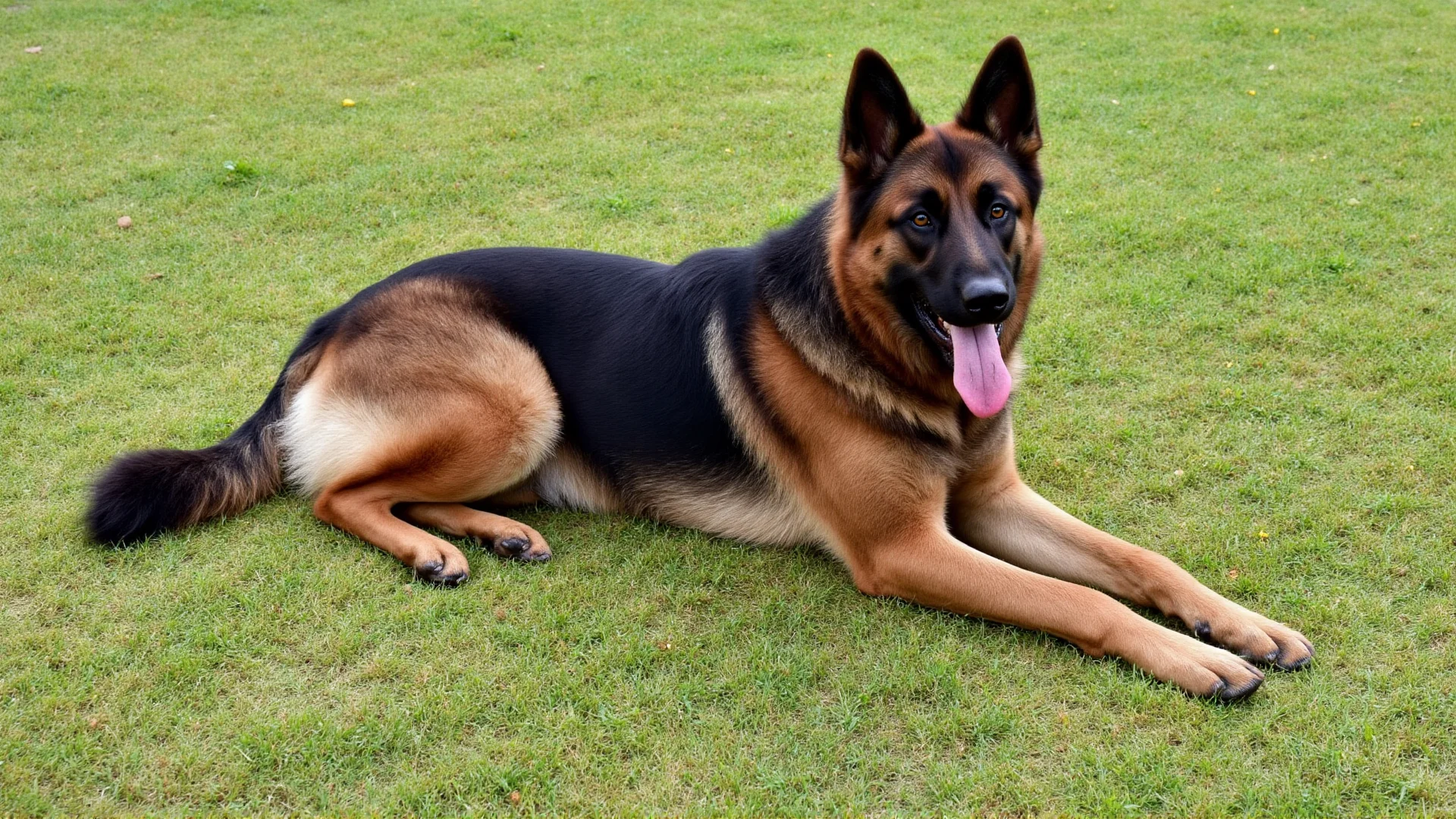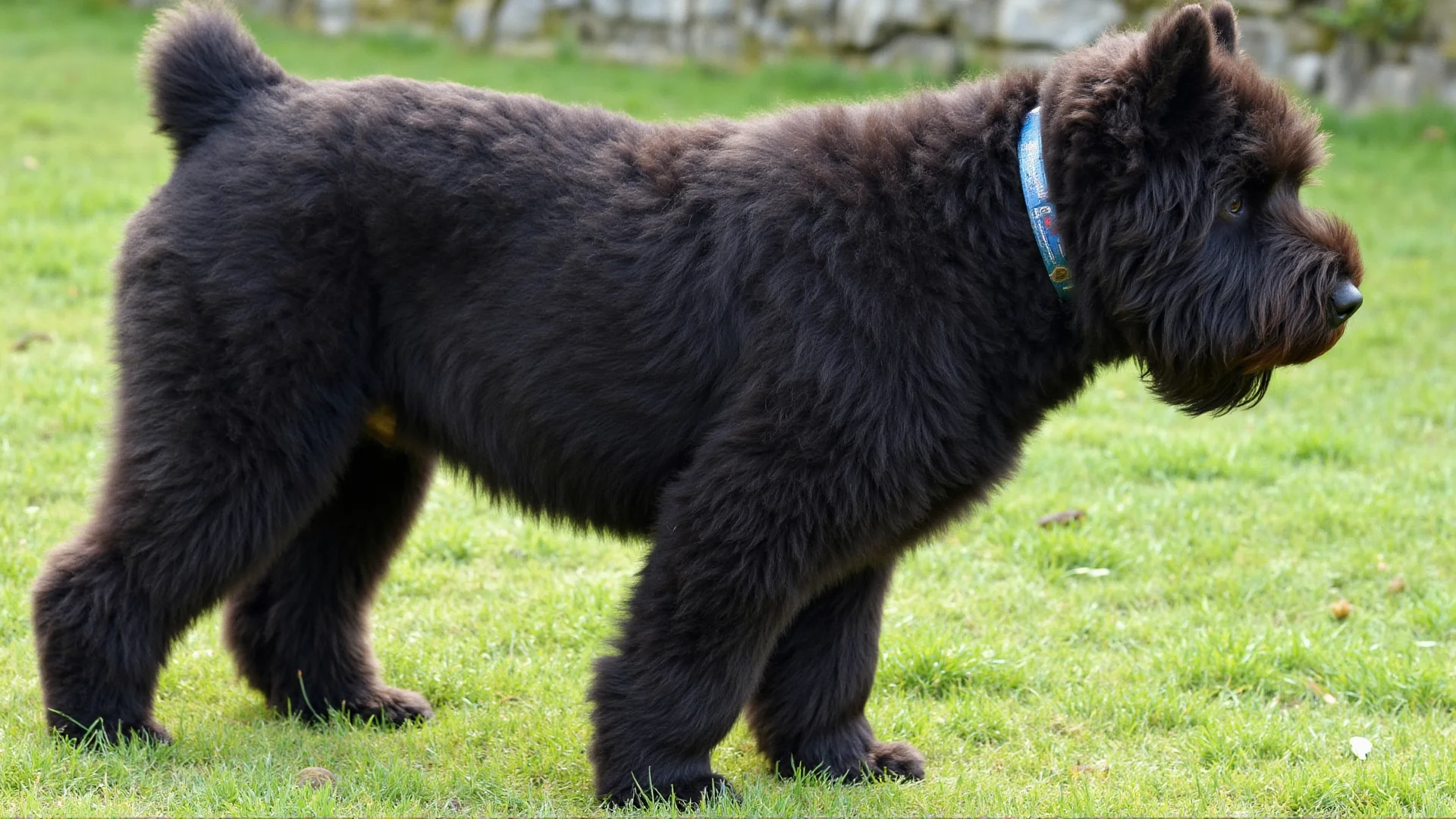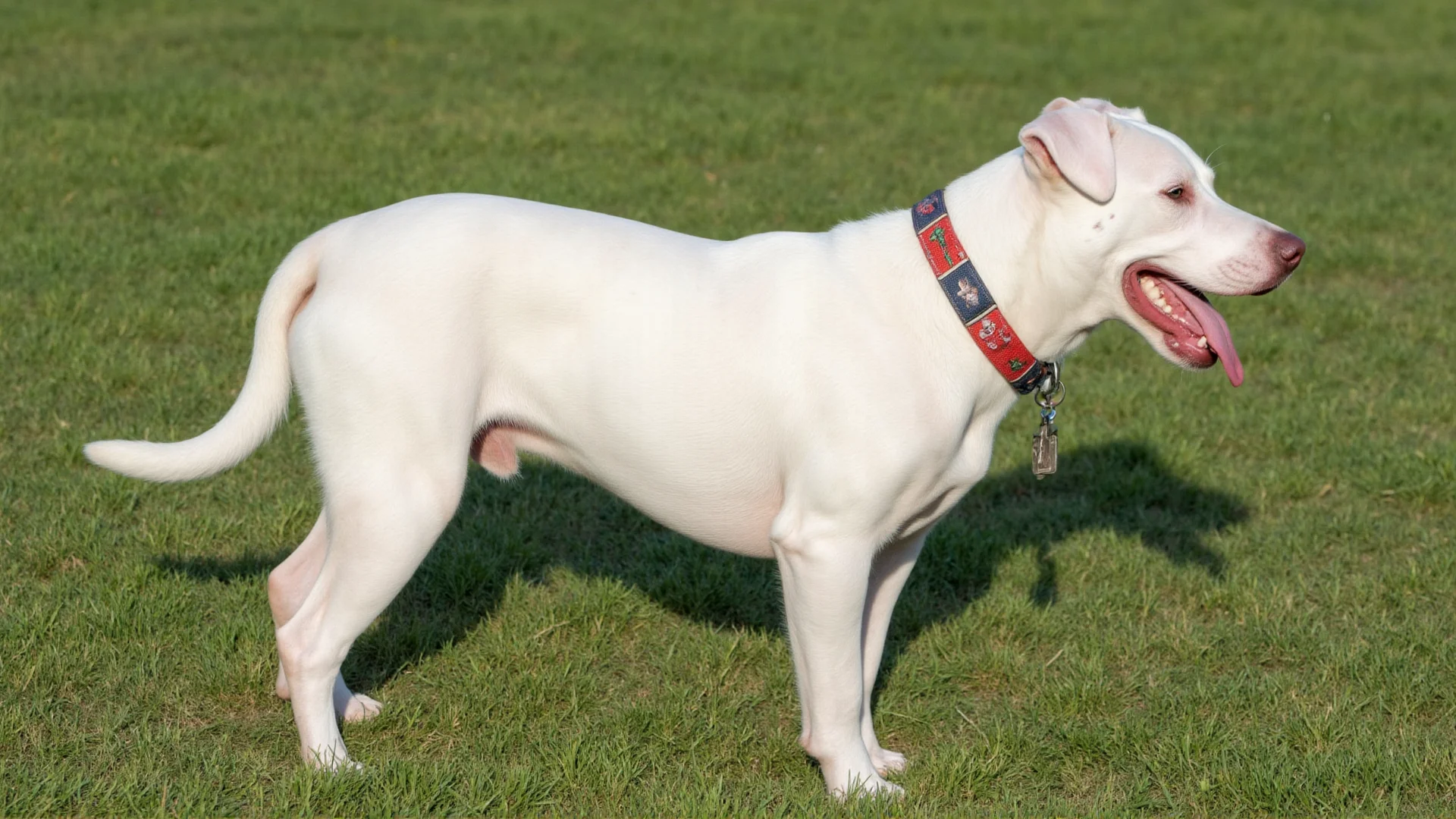Belgian Shepherd: The Ultimate Working Dog - A Comprehensive Guide for Dedicated Handlers
When it comes to working dogs, few breeds can match the versatility, intelligence, and unwavering dedication of the Belgian Shepherd. These remarkable canines have earned their place as elite working partners across multiple disciplines, from law enforcement and military operations to search and rescue missions.
The Four Varieties: Understanding Belgian Shepherd Types
The Belgian Shepherd encompasses four distinct varieties, each developed for specific working purposes while maintaining the breed's core characteristics of intelligence, athleticism, and work drive.
Belgian Malinois: The Elite Operator
The Malinois represents the pinnacle of working dog performance. With their short, fawn-colored coat and intense drive, they dominate military and police work worldwide. Their exceptional prey drive, combined with remarkable trainability, makes them ideal for detection work, protection, and tactical operations.
Belgian Tervuren: The Elegant Athlete
Tervurens bring elegance to the working world with their flowing, rich mahogany coat. They excel in search and rescue operations, where their endurance and problem-solving abilities shine. Their slightly more moderate temperament makes them excellent for handlers seeking a balanced working partner.
Belgian Groenendael: The Versatile Professional
The striking black coat of the Groenendael houses a versatile working spirit. These dogs adapt well to various roles, from therapy work to competitive protection sports. Their keen intelligence and strong handler bond make them exceptional in roles requiring complex decision-making.
Belgian Laekenois: The Tenacious Worker
The wire-haired Laekenois, though less common, possesses the same working spirit as their counterparts. Their unique coat provides excellent protection in harsh environments, making them valuable for outdoor working roles and specialized detection work.
Physical Capabilities: Built for Performance
Belgian Shepherds possess physical attributes that make them superior working athletes. Understanding these capabilities is crucial for handlers looking to maximize their dog's potential.
Athletic Performance Metrics
- Speed: Capable of reaching 30+ mph in short bursts
- Endurance: Can maintain working pace for 8-10 hours
- Jumping ability: Easily clear 6-foot obstacles
- Bite force: 195-245 PSI, ideal for protection work
- Scent detection: 220 million scent receptors enable exceptional detection capabilities
Environmental Adaptability
These dogs demonstrate remarkable adaptability to various working environments. Their double coat provides insulation in cold climates, while their efficient cooling system allows performance in moderate heat. However, handlers must implement proper conditioning protocols for extreme temperature work.
Specialized Working Applications
Law Enforcement and Military Operations
Belgian Shepherds serve as the backbone of many elite K-9 units worldwide. Their applications include:
- Narcotics Detection: Superior scent discrimination abilities
- Explosives Detection: Critical for homeland security operations
- Tracking and Apprehension: Unmatched pursuit and detainment capabilities
- Patrol Work: Deterrent presence and officer protection
Search and Rescue Operations
The breed's problem-solving intelligence and stamina make them invaluable in SAR work. They excel in:
- Wilderness area searches covering vast territories
- Urban disaster response and victim location
- Water rescue operations with proper training
- Avalanche rescue in mountainous regions
Protection Sports and Competition
Belgian Shepherds dominate protection sports like Schutzhund, Ring Sport, and PSA. These competitions showcase their natural abilities while providing mental and physical stimulation essential for working line dogs.
Training Methodology for Working Success
Foundation Training Principles
Successful Belgian Shepherd training requires understanding their unique psychological makeup. These dogs possess high intelligence coupled with strong independence, requiring handlers to establish clear leadership while fostering the dog's natural problem-solving abilities.
Early Development (8-16 weeks)
Critical socialization period focusing on:
- Environmental exposure to working conditions
- Handler bonding and trust building
- Basic obedience with immediate application
- Prey drive development through controlled play
Adolescent Training (4-18 months)
This phase requires patience as dogs test boundaries while developing adult capabilities:
- Specialized skill development begins
- Impulse control becomes paramount
- Physical conditioning intensifies
- Handler relationship deepens through collaborative work
Advanced Skill Development
Working Belgian Shepherds require ongoing skill refinement throughout their careers. Advanced training focuses on:
- Scenario-based training mimicking real-world conditions
- Decision-making under pressure
- Handler communication in high-stress environments
- Maintaining performance standards through regular evaluation
Health and Conditioning for Working Dogs
Physical Conditioning Protocols
Working Belgian Shepherds require structured conditioning programs to maintain peak performance and prevent injury. A comprehensive program includes:
Cardiovascular Fitness
- Interval running sessions 3-4 times weekly
- Swimming for low-impact endurance building
- Agility work for coordination and speed
- Hill work for leg strength and stamina
Strength and Flexibility
- Balance board exercises for core stability
- Controlled jumping drills
- Stretching routines post-exercise
- Weight-bearing exercises for muscle development
Nutritional Requirements
Working dogs have significantly higher caloric needs than pet dogs. Key considerations include:
- High-protein diet (28-32% protein minimum)
- Adequate fat content for sustained energy (15-20%)
- Electrolyte management during intensive work periods
- Meal timing to optimize performance and recovery
Health Monitoring
Regular health assessments are crucial for working dogs. Handlers should monitor:
- Joint health through regular veterinary examinations
- Performance metrics to detect early fatigue or injury
- Weight management for optimal working condition
- Stress indicators and mental well-being
Handler-Dog Partnership Development
Building the Working Bond
The relationship between a Belgian Shepherd and their handler extends far beyond basic obedience. This partnership requires:
Mutual Trust and Respect
Trust develops through consistent, fair handling and clear communication. Handlers must demonstrate competence and reliability while respecting the dog's intelligence and capabilities.
Communication Systems
Effective working teams develop sophisticated communication systems including:
- Verbal commands for specific tasks
- Hand signals for silent operations
- Body language cues for subtle direction
- Understanding the dog's feedback signals
Maintaining Working Motivation
Belgian Shepherds require meaningful work to remain mentally healthy. Handlers must provide:
- Regular training challenges to prevent boredom
- Varied working environments and scenarios
- Appropriate reward systems that motivate performance
- Mental stimulation through problem-solving exercises
Career Longevity and Retirement Planning
Optimizing Working Years
With proper care, Belgian Shepherds can maintain working capability well into their senior years. Key factors include:
- Preventive healthcare to address issues early
- Modified training as dogs age to prevent overexertion
- Mental stimulation to maintain cognitive function
- Gradual transition planning for retirement
Retirement Transition
Retiring working dogs require special consideration for their mental and physical well-being. Successful transitions involve:
- Continued mental stimulation through modified activities
- Maintained routine and structure
- Appropriate exercise for senior dogs
- Consideration for therapy or demonstration work roles




